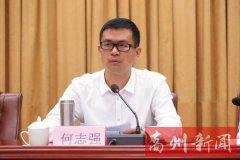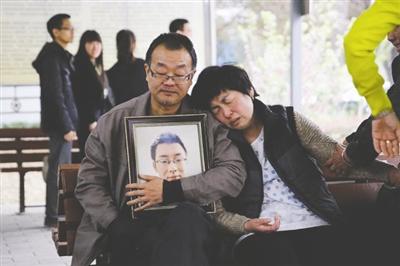China-specific high-end medical services: big challenges ahe
China’s high-end medical services, strongly influenced by local healthcare environment, have their specific characters in three ways. First, star doctors are considered as scare medical resources, thus many high-end service models are developed on the ground of using these scare resources. Secondly, on China market, some health services categorize themselves as high-end because they have more advanced medical equipment and technology but ignore service capabilities. Thirdly, some products and services are “forced” to become high-end because they do not have good mechanism in controlling medical costs with providers, thus limiting their market expansion potential.
Due to the lack of high-quality primary care services, Chinese patients crowd into large hospitals for even small health problems. Besides, China has been focusing on developing specialists rather than general practitioners for decades, and primary care doctors have not yet been able to become part of the mainstream in healthcare. All these factors have led to the result that famous specialists become a scarce resource. People rush to them for even common problems but in many cases patients do that because they cannot trust less experienced doctors, rather than complicated health conditions.
China has recently allowed doctors from public hospitals to work in multi-sites as a way to encourage the star doctors from large hospitals to go other places and help smaller facilities develop medical capabilities. In response to the new changes, private companies started to establish high-end clinics offering OP services provided by the star doctors from the large hospitals. The service fees are usually 30 to 50 times as that of public hospitals.
This type of so-called high-end services are established by migrating the scare resources of specialists. The business model does not provide any value-added services but is only a way to sell specialists at a way-higher price in a healthcare system where many people failed to access the care they need. As the clinics themselves do not provide core valued services and heavily depend on star doctors, patients, after receiving diagnosis from the doctors, will usually need to go back to large hospitals for lab tests, follow-up visits, and in some cases, hospitalization. This type of high-end services become another way for large hospitals to recruit patients, rather than deliver the true-value services to patients who really need a better health service experience. The key characters of high-end services including better patient-doctor communication, long-term health management, and enhanced customer experience are all missing.
The second type of high-end services focus mainly on technology, with health check-up services as the key representative. In recent years, high-end health check-up services developed very quickly in China. Private health check-up companies, public hospital VIP departments and international divisions, and private hospitals all chase high-end clients by selling complicated check-up packages that include lots of cancer screening. They tend to define high-end as “more screening, better prevention” and compete with each other on sophisticated medical examination devices, leading to unnecessary tests and costs. The key thing missing here is the personal health consultation services like family doctors to provide health risk evaluation and advises on what types of check-up services the client really need.
High-end health insurance is another type of high-end products. However, the market has big bottleneck on growth due to affordability. High-end health insurance found its place in China originally because of the medical needs of foreign expatriates. However, due to the saturation of the market and the slowdown of growth in size of expatriates in China, expansion of high-end health insurance also slowed down. While many players hope to go localized by offering products with affordable prices, they soon find it very difficult to lower the premiums because it is impossible to control the behavior of the hospitals, including public hospital VIP services, international arms and high-end private hospitals. On the other hand, anti-selection is a big problem especially in individual market, and it is very hard to control members’ behavior as well. Moving into the mid-end zone, especially for individual products, usually lead to losses due to high claims. Transplanting the expertise for international plans to local plans usually don’t work.
For the expatriates, language for medical services is a key reason why they choose expensive private hospitals. However, when targeting local high-end people, insurers will find another story. Members trust the public hospitals more but would like to have better customer services through VIP services. The needs are completely different from expatriates.
From the analysis we see that the high-end services in China are facing big challenge ahead. The service model by migrating star doctors as a scare resource is not sustainable because it is not a full functional way to offer medical services and mis-matches high-end users’ needs in getting better medical service experience. The high-end health check-up services emphasize technologies and do not provide true value for the clients. The high-end health insurance, though succeeded with expatriates, is facing bottleneck in growth as most players failed to catch the true needs from local users with products that are cost-controllable for the China market.
In the future, China will need to redefine high-end for medical services. The true value of high-end would be better customer experience with products/services that can match the unmet needs.







